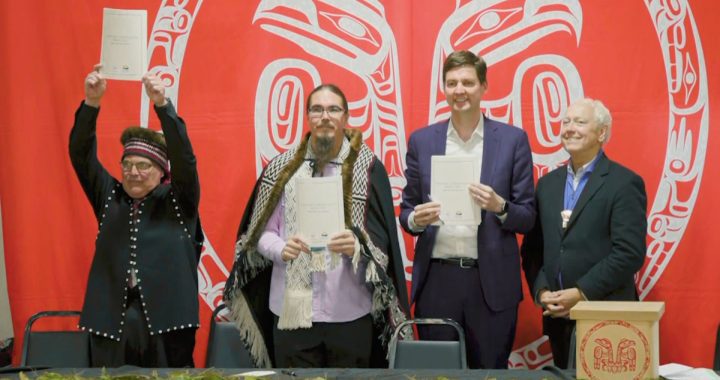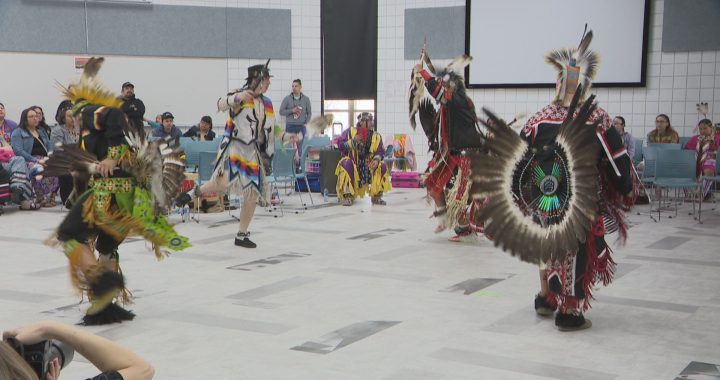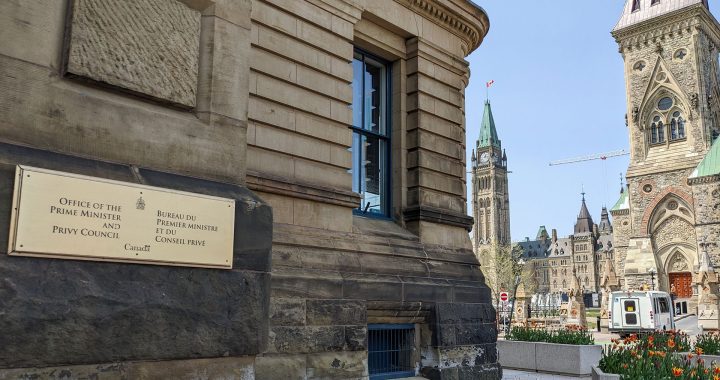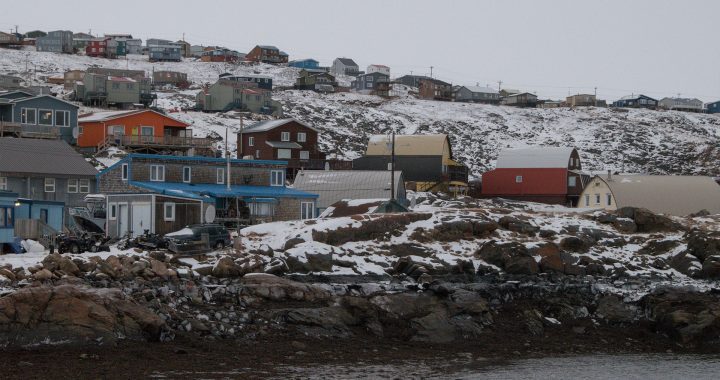
Prime Minister Justin Trudeau meets with wildfire evacuees. Photo: Justin Trudeau, Twitter /APTN Archives
More than 17,000 people have been forced to flee their homes as 87 wildfires are burning across Alberta – 1,600 of those are First Nations people from Sturgeon Lake Cree Nation.
Many of the evacuees have been moved 11 centres including Edmonton. According to a city of Edmonton spokesperson, there are 2,900 people who have registered at the centre.
“Yesterday we served about 600 meals and had 13 people stay overnight,” said the city spokesperson.
The Edmonton Expo centre, a large space on the north side of the city right beside where the Edmonton Oilers won five Stanley Cups, has been acting as a hub for people who had to flee wildfires.
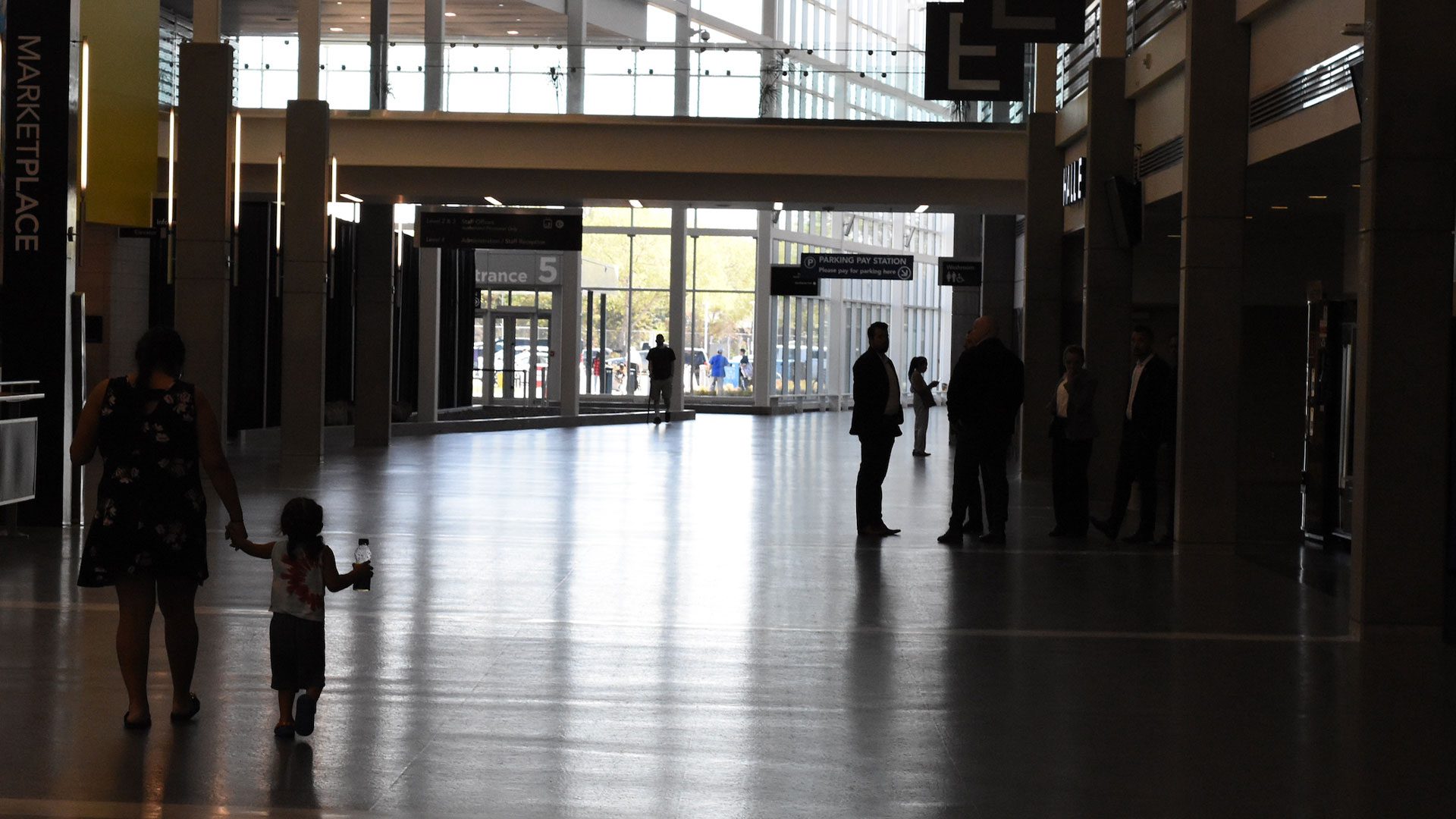
Victor Sunshine and David Thomas from Sturgeon Lake Cree Nation about 360 km northwest of Edmonton sit outside the centre.
“We experienced a few issues with accessing emergency funding but it has all been sorted out,” said Sunshine.
Valleyview, where many of the Sturgeon Lake members live, had an emergency alert Monday afternoon where people where asked to go to the town of Whitecourt, 170 km away.
The evacuation was prompted by an out-of-control wildfire, officials said.
“A complex fire with combined hectares of about 5,000 km that are out of control,” said Christie Tucker from Alberta Wildfire.
Hot weather and wind means that Alberta forest fires are a long way from over.
“I do not believe that the worst is behind us. We need to be prepared and ensure our resources are best placed where that fire danger is going to be the most extreme,” said Tucker.
Some nations have already been evacuated from the area. Indigenous Services Canada reports that 1,600 people have been moved.
There have been some issues with accessing funding, especially for people who do not have identification that states they are an Alberta resident.
“Some of us don’t have Alberta identification which caused an issue,” said a woman who asked to be identified only by her first name, Colleen.
A 2016 report on the Fort McMurray wildfires by the Athabasca Tribal Council, Athabasca River Métis and Nitasowoyou identified similar issues during that evacuation and recommended that there be a “culturally appropriate evacuation site for the community… to provide support more efficiently.”
“The hotel we are staying at has been very welcoming and the people have been compassionate,” said Sunshine.
Evacuees are spread out in different hotels across the city, and some are staying at Enoch Cree Nation.
“They treat you like a human being and are respectful to the elders,” said Thomas about the hotel at which he had been staying.
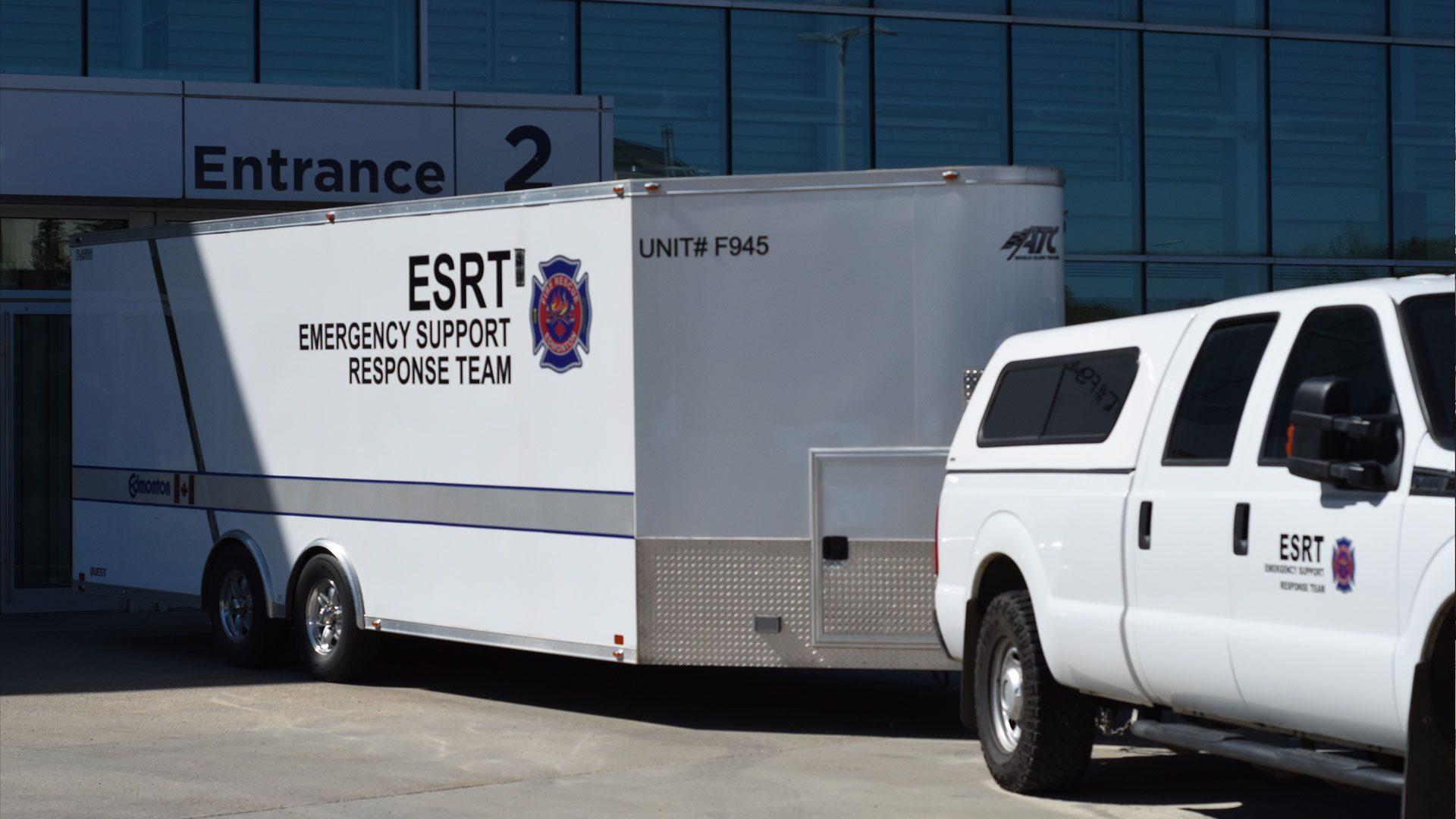
Evacuees out of their homes long-term
Last week, 1,600 First Nations individuals from Sturgeon Lake Cree Nation were evacuated to Edmonton, Valleyview and Grande Prairie.
Initial assessments from Indigenous Services Canada indicate that 45 structures have been lost to fire, including the elder centre and residences.
People are getting updates about their homes at the centre but are concerned that there has not been a lot of media coverage to let them know what is happening.
“My family has been trying to watch on TV for what has been happening but there has not been any news in the community,” said Colleen.
Power to the community was lost and power infrastructure in the community was destroyed.
Some of the people were first evacuated to Grande Prairie and then moved to Edmonton.
Toni Bauer also from Sturgeon Lake was one of those moved from the first evacuation centre.
Bauer is a mother of four young children. She is doing her best to keep children entertained with her cell phone and sticky notes that they are using to draw pictures.
She and her sister also bring the kids for walks in a wagon.
She said her sister and dad stayed behind to serve as security during the fires. Her father and sister have been sending updates.
“Our houses are still standing,” said Bauer.
Students who miss school exempt from provincial exams
Kindy Joseph from Alberta Education announced that the province has decided to exempt students affected by wildfire evacuations from the Alberta diploma exams if they have been displaced for more than ten days.
“Any student that has been out of school for ten or more instructional days will be exempt automatically from writing the diploma exams in June,” said Kindy.
She said there is some flexibility to the rule if students still wish the write the exams.
Prime Minister Justin Trudeau stopped in Edmonton on Monday to meet with evacuees from the fires and military personnel who are helping fight the ongoing wildfires.
Parts of B.C.’s Peace River region remain under evacuation orders. In the southern N.W.T., the K’atl’odeeche First Nation and town of Hay River ordered evacuations Sunday.
And in Saskatchewan, a wildfire near the northern community of Buffalo Narrows has prompted a state of emergency. Some residents are leaving because the smoke is affecting their health and the power is out.
The fires in the west have caused smoke to drift as far east as Ontario. Environment Canada has issued air quality statements for northern Saskatchewan, Manitoba and into northwestern Ontario.
The department said people with lung or heart disease, older adults, children, pregnant people and people who work outdoors are at higher risk of experiencing health effects caused by wildfire smoke.
With files from the Canadian Press







